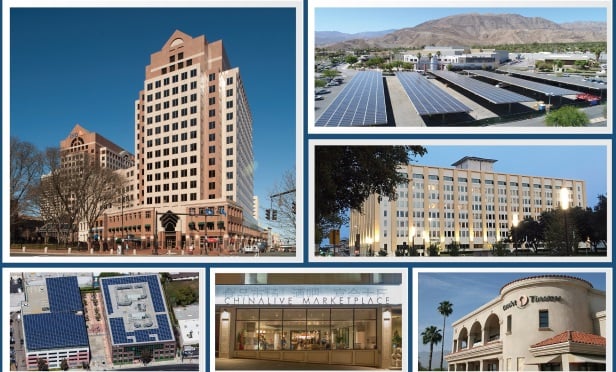BOULDER, CO—It's a measure of energy efficiency's broad-based acceptance these days that numbers can now be put on the revenues these measures are expected to produce. Navigant Research projects that worldwide revenue from energy efficient buildings is expected to grow from $307 billion in 2014 to nearly $623 billion in 2023, while cumulative revenue from energy efficient building products and services is expected to total more than $4.3 billion between 2015 and '23.
Today's building stock accounts for a substantial amount of global energy use, putting increased pressure on governments and corporations alike to reduce their carbon footprints and energy-related spending.
“Energy efficiency measures are becoming increasingly mainstream,” says Noah Goldstein, research director with Boulder, CO-based Navigant. “Governments are introducing policies to promote energy efficiency through incentives, prescriptive measures and building codes, and green building certification has shifted from a leading-edge practice to a mainstream concept in commercial real estate markets—so much so that it's becoming the de facto standard in some cities.”
Navigant notes that technology- and service-level innovation show the market's response to the growing interest in and proven cost-effectiveness of energy efficient products and services for buildings. Energy efficient technologies such as LED lighting are seeing improved performance and lower prices. At the same time, building automation and controls software is leveraging the increase in data availability and analytical capabilities to identify a range of low and no cost performance improvements.
At present, building envelope technologies, including building materials, represent the largest energy efficient building market segment, according to a Navigant report. In the next few years, mechanical and electrical systems, such as HVAC, lighting, and controls, are expected to gain increasing market share. The energy efficient building ecosystem is maturing and expanding in all sectors, the report finds, incorporating utilities, new demand-management players, and facility managers who are interacting and partnering in new ways.
As might be expected, cost remains a barrier to broad adoption of energy efficiency measures, according to Navigant's report. In many countries, energy costs remain less than $0.10 per kilowatt-hour for commercial customers. That makes the payback timeframes of many energy efficiency measures difficult to justify within stringent investment criteria. Outside of developed economies, energy efficiency tends to be low on the list of priorities, even with significant new construction activity in regions such as Southeast Asia, Latin America, and the Middle East.
© Touchpoint Markets, All Rights Reserved. Request academic re-use from www.copyright.com. All other uses, submit a request to [email protected]. For more inforrmation visit Asset & Logo Licensing.







